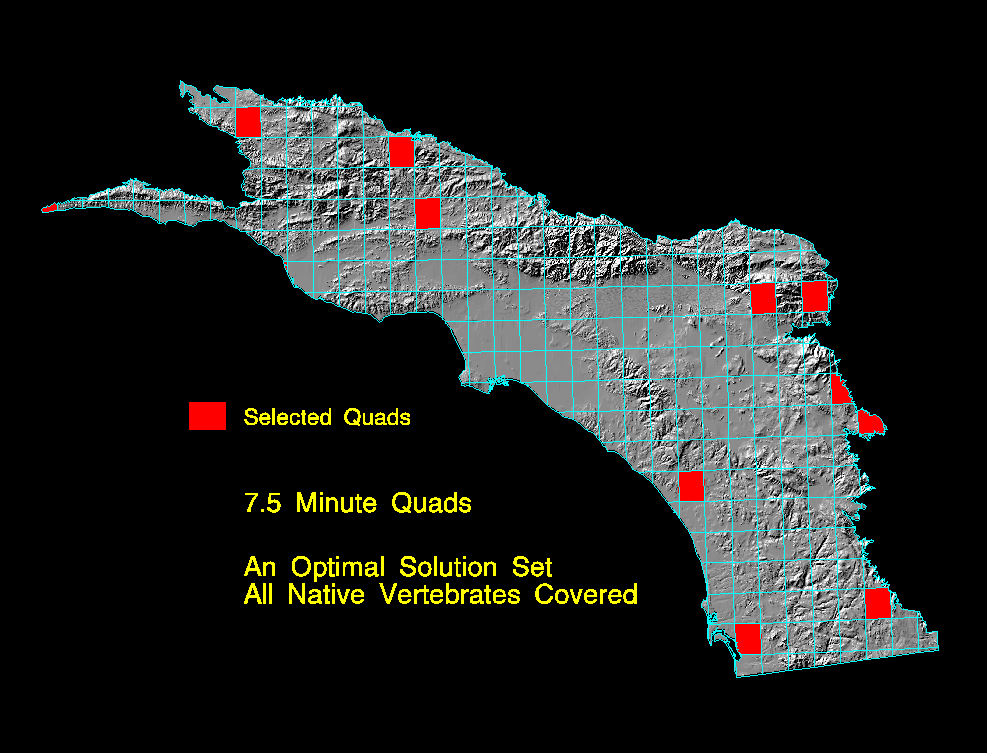A 1974 article by Professor Rick Church and Dr. Charles ReVelle, titled “The Maximal Covering Location Problem,” has been cited 1,484 times (Church, Richard, and Charles R. Velle. “The maximal covering location problem.” Papers in Regional Science 32.1 [1974]: 101-118). It opens by stating: “The belief that mathematical location modeling can identify ‘optimal’ location patterns rests on the basis that some realistic objective can be identified and by some measure quantified,” and the article goes on to discuss the problem in terms of facility siting decisions.
The maximum coverage problem is a classical question in computer science, computational complexity theory, and operations research and is a problem that is widely taught in approximation algorithms (source). While Professor Church’s article has been cited in a variety of contexts, ranging from conservation biology to the siting of emergency services, perhaps the most surprising one is that of dentistry.
In 2009, the Journal of Oral Rehabilitation published an article about determining color compatibility between dental shade guides (Cocking, C, Cevirgen, S., Helling, M., et al. Colour compatibility between teeth and dental shade guides in Quinquagenarians and Septuagenarians. 36; 848–855). The article deals with calculating an optimized shade guide and states, “The problem of designing a shade guide was solved using discrete optimization techniques. The task was modelled as a maximal covering location problem … To solve the optimization problem, it was formulated as an integer linear program according to the formulation of Church and ReVelle and solved to optimality using … a commercial integer program solver.”
“Without geography, you’re nowhere” (Jimmy Buffett). Ain’t it the tooth!


